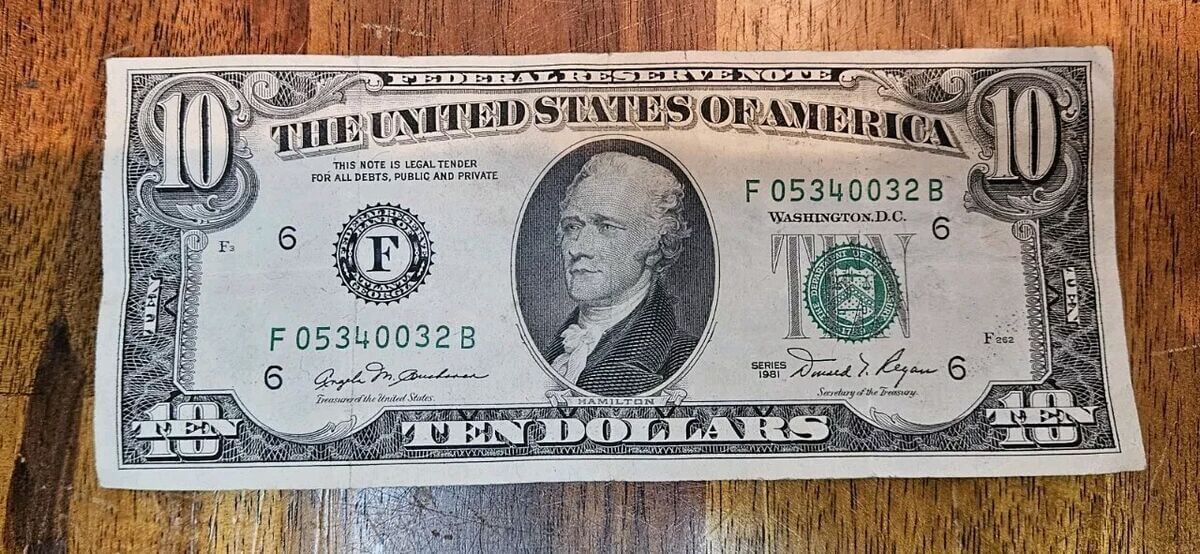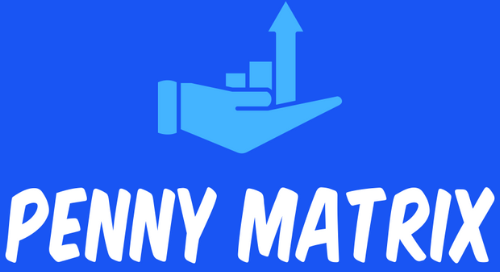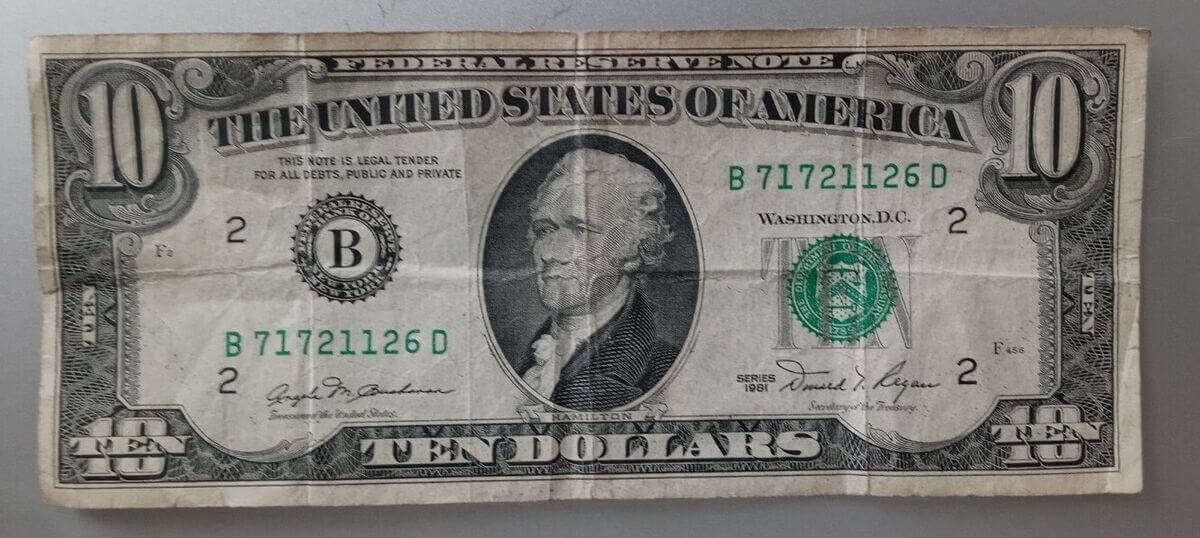The 1981 10 dollar bill is an intriguing piece of American currency, with its unique history, design, and varying levels of value depending on its condition and rarity. For collectors, understanding the worth of a 10 dollar bill from this series is crucial. Though most bills from this year don’t fetch more than their face value, there are certain versions and conditions of these bills that can command significant premiums.
A seasoned collector or a newcomer to the world of currency collecting, knowing how to assess the worth, identify errors, and understand the grading system is key to determining the true value of a 1981 10 dollar bill.
The 1981 10 Dollar Bill: Key Features and Specifications
The 1981 10 dollar bill is part of the United States Federal Reserve Notes series, issued in two distinct types: the 1981 series and the 1981A series.

The 10 dollar bill features notable security and design elements that help to distinguish it from other bills and make it recognizable to collectors.
- Denomination: $10.00 USD
- Type: Federal Reserve Note
- Series: 1981, 1981A
While the 1981 10 dollar bill features the portrait of Alexander Hamilton, one of the founding fathers of the United States, the bill includes various design elements that have evolved over time.
The 1981 series maintained many of the features from earlier bills but also included some updates, such as subtle changes to the security features and the placement of certain text elements.
The Worth Of A 1981 10 Dollar Bill
Most 1981 10 dollar bills are not considered rare or especially valuable in the general market. Unless the bill is in pristine condition or is a special variety such as a star note, the worth of these bills typically matches their face value or slightly exceeds it based on their condition.
General Circulated Bills
The majority of 1981 10 dollar bills in circulated condition are worth about $10, the value printed on them. These bills, which have been in circulation and may show signs of wear, such as creases, folds, or discoloration, generally hold little additional value.
However, when these bills are in extremely fine condition, meaning they show very few signs of use, they may sell for slightly higher prices, typically ranging from $15 to $20.
Uncirculated Bills
For collectors who seek bills in pristine condition, an uncirculated 10 dollar bill can fetch a higher price. An uncirculated 1981 series $10 bill, graded MS 63 (Mint State), can be worth approximately $35 to $45. These bills are crisp, clean, and have no folds or creases, which make them desirable to those seeking high-quality notes.
The 1981A series, while still common, may see slightly different values, typically hovering around $15 for bills in extremely fine condition and $35 to $40 for uncirculated bills.
Star Notes and Their Higher Value
One of the most fascinating aspects of the 1981 10 dollar bill is the star note. Star notes are special replacement bills that the United States Federal Reserve prints when errors occur during the production process.
These bills are marked with a star symbol at the end of the serial number, which distinguishes them from regular bills. Because star notes are relatively rare compared to standard currency, they tend to be more valuable.
The 1981 10 dollar star notes are worth significantly more than their regular counterparts.
A star note in extremely fine condition can sell for around $40 to $42.50. If the star note is uncirculated with a grade of MS 63, the price can increase to approximately $115 to $125.
Star notes from certain Federal Reserve Banks, such as Philadelphia and Minneapolis, are especially sought after and can command even higher premiums.
For the 1981A 10 dollar star notes, their value is slightly lower than those from the 1981 series. In extremely fine condition, these bills can be worth around $25, while in uncirculated condition with a grade of MS 63, they can sell for $85 to $90.
Similar to their 1981 counterparts, star notes issued by certain Federal Reserve Banks, such as New York, tend to be more valuable.
The Grading System for The 1981 10 Dollar Bill
When assessing the value of a 1981 10 dollar bill, the condition of the note plays a pivotal role. The grading system used by collectors is based on the bill’s physical appearance and the extent of its wear.
There are several grades used to describe the condition of paper money, with higher grades corresponding to higher values.
- Extremely Fine (XF): An extremely fine bill shows only minor signs of circulation. It retains much of its original crispness, and there are no tears or discolorations. The note may have one or two light creases, but it still looks very close to new.
- Choice Uncirculated (MS 63): An MS 63 bill is an uncirculated note, meaning it has never been used in circulation. It should have no creases or folds and retain its full crispness. These bills are ideal for collectors looking for top-quality examples of currency.
Identifying Counterfeit 1981 10 Dollar Bills
As with any currency, counterfeit 10 dollar bills can occasionally make their way into the market. However, there are a few simple methods to check the authenticity of your 1981 10 dollar bill.
- Watermark: Hold the bill up to the light to check for a watermark. Most genuine bills will feature a watermark that is visible when light passes through the paper. On newer bills, the watermark will feature the face of Alexander Hamilton, while older bills may have a more subtle design.
- Security Thread: The 1981 10 dollar bill includes a security thread that runs through the paper, a feature designed to prevent counterfeiting. The thread is visible when the bill is held up to the light.
If the watermark is missing or appears incorrect, or if the security thread does not match the specifications, then the bill is likely a counterfeit.
Conclusion
The 1981 10 dollar bill has become an interesting object for collectors, especially those with a keen eye for rare versions such as star notes or those in exceptional condition.
The vast majority of 1981 10 dollar bills are worth their face value or slightly more, those that are uncirculated, in extremely fine condition, or are star notes can sell for significantly higher prices.
As always, the key to determining the value of a 1981 10 dollar bill lies in its condition, its rarity, and whether it features any errors or special characteristics that make it more valuable to collectors.
So, if you’re in possession of a 1981 10 dollar bill, be sure to check its condition and serial number. It might just be worth more than you think!

